Spinosaurus aegyptiacus is one of the most extraordinary animals to have ever existed. It is the largest theropod dinosaur, substantial bigger than the famous T. rex. This also makes it bigger than any terrestial predators that ever walked the earth. Today the biggest predators on land are big cats and bears; the largest herbivores are elephants. Yesterday, the biggest predators were bigger than elephants and their prey was even bigger than that! The anatomy of Spinosaurus is one of the most unique among dinosaurs, as if size wasn't enough. It also is one of the most controversial dinosaurs ever, which is a consequence of being one of the most mysterious dinosaurs ever. In the past hundred years since its first discovery, only a handful specimens have been found. This is something because Spinosaurus teeth is frequently found in North Africa.
The life after death of Spinosaurus is also amazing. It is an interesting story involving adventure in one of the most hostile environments in Africa and even on earth, Germany, and the Nazis. The story continues today with a most extrordinary discovery that has lead to more questions than answers. The story of Spinosaurus is not over. It has left us at a cliff-hanger.
In 1912, a friend of German paleontologist Ernst Stromer, while working for him, discovered what would be one of the most enigmatic and fascinating dinosaur ever. The remains were found in the deserts of Egypt. Stromer was not used to the heat and primitive conditions of Africa and he found the exploration difficult but he continued work there and visited Africa often. His efforts were not in vain. He went to Egypt originally to find mammals but soon found large dinosaur material, including Spinosaurus. The Spinosaurus specimen was scrappy, consisting of a few vertebrae and a partial lower jaw. The few remains that Stromer had revealed that the animal that it came from was like no other animal known. It was definitely huge, the lower jaw measuring more than 3/4 of a meter. It was also of unusual shape, being long and narrow with a bulbous anterior end. The vertebrae were unusual as well, having enlarged neural arches up to 2 meters tall. The series of vertebrae with these exaggerated neural spines would have created a sail along the animal's back, similar to what is found on the synapsids Dimetrodon and Edaphosaurus or even a hump like that of buffalo. Due to this unusual vertebrae morphology and because of the locality that it was found Ernst Stromer decided to call this animal Spinosaurus aegyptiacus. The type specimen of Spinosaurus aegyptiacus was housed and put on displayed in a museum in Munich along with many other treasures that was discovered by Stromer and his colleagues in northern Africa.
 |
| How Spinosaurus was originally imagined to be. Note how it appears to be more like an Allosaur like animal instead of how we know it today. |
 |
| Ernest Stromer |
 |
| Ernest Stromer's original material. |
Since 1944, additional material that has been prescribed to Spinosaurus has been found, mostly from the Kem Kem beds of Morocco. The findings do not disappoint! It is widely accepted that Spinosaurus was the largest theropod dinosaur that ever existed which also would make it the largest predator to ever walk the earth. Other animals have been found around the world that were very similar to Spinosaurus though none have been close to reaching its body size and the extreme proportions of its dorsal spine.
 | |
| One of my favorite reconstruction of Spinosaurus appeared in the | BBC |
Spinosaurus
 |
| A skeletal drawing of Spinosaurus by Scott Hartman |
Spinosaurus is often compared to a crocodile and recently, it has even been compared to a sea cow. The crocodile analogy is somewhat appropriate. Spinosaurus was definitely semi-aquatic. Oxygen isotopes indicate that Spinosaurus was possibly as aquatic as crocodylians and turtles. Spinosaurus could have spent most of its life in and around water, hunting fish. They possibly even escaped to the water to help control their body temperature like modern hippos and crocodylians.
 |
| Somewhat recently found material of Spinosaurus. |
Estimates put Spinosaurus at a length of 15 meters. That is much larger than the largest tyrannosaur and even larger than the Carcharodontosaurus that Spinosaurus would have lived with. Spinosaurus would have appeared much bigger with the huge sail sticking out of its back as well.
The world that Spinosaurus would have lived in was very unique and not like anything that we would be familiar with at all.
The environments that Spinosuarus has been found were probably freshwater/brackish marshes and deltas in the past. They probably lived close to where large rivers met the sea. Based on that conclusion I would think that it would fair to say that Spinosaurus lived in and around freshwater, brackish,and marine environments. There has not been any fossil evidence to support the idea that Spinosaurus may have traveled into the sea but modern crocodylians do it quite extensively. I think that it would have been possible if Spinosaurus had done the same, if not, at least hugging the coastline.
The animals that Spinosaurus would have primarily preyed upon would have been fish. The fish that is found in the same locations as Spinosaurus were monsters. Giant coelacanths, lungfish, and saw fish were all common, as well as large species of ray-finned fish that were also huge, such as gar-like fish, and Lepidotes. Onchopristis numidus is one of the most common fossils in the beds that Spinosaurus is found. It was large elsmobranch or cartilaginous fish. It is is related to the modern saw fish. Its blade alone was 2.5 meters long and the entire fish was probably 8 meters long. That is one big fish. It and other giant fish would have been appropriate prey for the giant Spinosaurus. Basically, giant fish were very common.
 |
| Carchardontosaurus saharicus |
There may have been birds living with Spinosaurus, though their fossils are rare enigmatic in North African fossil beds.
 |
| Kaprosuchus saharicus |
What I find interesting is that it seems that there weren't very many small dinosaurs. I think that it would be safe to assume that many trophic levels that small dinosaurs would normally fill were taken over by crocodylamorphs. In other words, the dinosaurs were like the lions and elephants of North Africa but the crocodylomorphs were the jackals and deer equivalents. One of these days I will do a post on crocodilians.
As I hope you can see, the North Africa ecosystem that Spinosaurus lived in was one of the most unique on all earth and perhaps the most dangerous ever as well. From several giant and unique species of dinosaurs, including several huge theropods, just as unique and large fish, and downright bizarre crocs, we would have been quite uncomfortable in that part of the world. And it is amazing that North Africa today is mostly a barren desert!
The diet of Spinosaurus would have been mostly fish but it is possible that Spinosaurus may have been somewhat opportunistic. Other spinosaurs from other parts of the earth showed evidence for feeding on a variety of animals. In Brazil a pterosaur bone was found with a spinosaur tooth embedded in it. When Baryonyx walkeri was found in England not only were partially digested fish scales found in its stomach region but also bones of a juvenile Iguanodon. These finds demonstrate that spinosaurs were not completely limited to piscivory. They evidently fed on other animals enough for it to be recorded in the fossil record. I do not believe that the mammoth Spinosaurus would have been an exception.
Spinosaurus probably hunting sticking it's snout into the water waiting for a fish to come by. It probably swam quite frequently while hunting even. Spinosaurus had several pits on its snout especially along its mouth. These pits were probably similar to what is found in crocodylians that are pressure sensitive thus sensitive to water movement. This would help it locate prey under the water surface.
So what was that large sail on its back even used for? There have been many suggestions. They have included that it acted as an aid in thermoregulation. If dinosaurs were warm-blooded then such a large sail probably would not have been that necessary. Still warm-blooded animals today often use oversize body parts to help regulate their body temperature. An example would be elephant ears. They both help cool and warm up the body of an elephant due to the many capillaries found in their ears. As blood flows through the capillaries in those big ears it is better exposed to the outside temperature, that encourages thermo-exchange. Ears on desert species such as jackels and hares also work the same way. It seems to me however that endothermic animals with such appendages live in dry, hot habitats. Spinosaurus definitely lived in a hot environment but it was not dry. Also lately, it has been argued that the sail would have not had enough blood flow to allow it to be effective. I wouldn't completely write it off however.
Another suggestion is that the sail would have been anchors for exaggerated muscles and lipid storage similar to high withered mammals. That may be possible yet some have argued that the spines lack muscle scars that characterize neural spines used for the same thing. I think that it is another possible but once again you can't be too sure either way.
 |
| Bison skeleton |
 |
| Horse skeleton |
 |
| Camel skeleton. Note the dorsal vertebra neural spines of these three photos. |
Another suggestion is that it was used as a display device, breeding or otherwise. This is possible and it seems to be somewhat accepted more confidently than the rest of the suggestions. If this is true then Spinosaurus would have had the biggest and most extreme display devices of any dinosaur. It may have been similar to deer antlers or peacock feathers. The male with the biggest and most colorful sail proves himself to be bigger and better than all the other guys, as consequence his genes are the ones that are passed to the next generation. Also it may have been similar to frilled lizard frill, used to intimidate other animals that may harm it.
Late in the year 2014 a paper was published in the journal Nature that described new spinosaur material that was found in Morocco by a scientist by the name of Nizar Ibrahim. It was attributed to Spinosaurus aegyptiacus and any material attributed to Spinosaurus is very significant, this was no exception. It is possibly a significant find among significant finds.
Ernest Stromer's original material lacked any appendicular skeletal element, in other words it had no arms or leg bones found with it. Naturally, everybody assumed that Spinosaurus had a similar body plan as every other theropod out there. Of the most complete spinosaurs found they all had "normal" limb proportion. Spinosaurus has always assumed to hve looked like most other large-bodied dinosaur predators once you get past the large sail and the head and neck.
Nizar Ibrahim's limb elements that he found, specifically the hindlimbs, indicated that Spinosaurus was more designed for a semi-aquatic life than what was previously thought and would have been an obligated quadraped when traveling on land. Theories that Spinosaurus could walk on all fours at times had floated around before and studies have shown that Spinosaurus's life revolved around water a great deal but what made this find different was that it asserted that the hindlimbs of Spinosaurus was greatly reduced. It would have looked like some of the upright walking crocodylomorphs that it lived with. This was a radical new idea for this would be the first theropod found that was an obligated quadruped and it would be the first dinosaur discovered that may have been mostly water going.
How Nizar Ibrahim found his skeleton is a very interesting story. The combined stories of how this skeleton was found and how the original was found and lost makes one of the best paleontological bed-time stories in the history of the science. Nizar Ibrahim has done much study on the vertebrate assemblages of Morocco, himself being part Morocco and he had a very keen interest in Ernst Stromer, himself being part German as well. While in Morocco Ibrahim was offered a few bones by a local fossil dealer. He did not think much of them but he thought that they may prove to be important one day and may be a good way to start building his institution's fossil collection. He thought little of them for a few years. After a few years past, Ibrahim was invited by an Italian colleague of his to come to Italy and see some bones that were discovered in a collection that proved to be from Spinosaurus. When Ibrahim saw the bones a few details about the bones caught his eye. It seemed to him that he had seen something similar before. He then remembered the few bones that he had bought from the fossil collector in Morocco. They were Spinosaurus bones! He figured that the bones that he purchased from the man and the bones in the Italian collection was from the same animal and that there might be more. They also needed to find out where the bones were found to better understand the rocks around the specimen.
The solution was a simple one... not really... Ibrahim did not who the name of the man that gave him the bones and all that he could remember was a vague description of the man as having a mustache and being dressed in white clothes. Of course there are only a handful of people in Morocco that would fit that description and the search for that man would be somewhat easy... Of course I am joking. There are thousands of people in Morocco like that. But Ibrahim decided to search for him anyways. He and some colleagues went around the Sahara desert looking for fossil collectors that fit the description and never did find the man they were looking for. They were finally about to give up there search and were having tea in a town. As they were sitting there Ibrahim notices a man walking by who had a beard. He realized that he was his man!
They caught up to the man and the man admitted that he had sold the bones to Ibrahim and had sold the bones that ended up in Italy. He also admitted that they were both from the same animal. The fossil collector was hesitant to give anymore information because selling important finds is illegal. In the end they were able to convince him to show the sight where he had found the bones. The area was combed for more bones and it was thoroughly researched.
That story, combined with Ernst Stromer's story really is a unique and amazing story in the history of paleontology. But paleontology is not limited to good stories.
So far, I personally object with the 2014 reconstruction. First I will have to confess that some of my motives for disagreeing is somewhat subjective. It is hard to see what is probably my favorite dinosaur of all time, the biggest predator of all time, and such a symbol of power and size, humbled to look like a weird, over-glorified wiener dog with big teeth. Almost as soon as the paper was published it gained quite a bit of criticism from other dinosaur workers. That either goes to show that there is something wrong with the methods applied or it showed that Spinosaurus was a favorite dinosaur among many; maybe it is both... Who couldn't love the giant, mysterious monster that dwarfed T. rex and who wouldn't object to turning it into a waddling wiener duck!
I think however that the criticism is relevant and notable individuals have objected to the reconstructions. Scott Hartman was one of the first to say something. He is an expert at making dinosaur skeletal drawings. He is only equalled by Gregory S. Paul in that regards. He knows a thing or two about reconstructing a dinosaur's osteological anatomy. He wrote a number of blog posts on his website critiquing the paper. I would recommend anybody to read the whole series of posts written about the issue. Others have also said something about the reconstruction. Many of the objections are about technical details that are very important. The general consensus is that the material needs to be better described and that more material needs to be found. I would agree.
 |
| 2014 Ibrahim reconstruction. |
 |
| Original reconstruction |
So anyways, that is my two cents about the matter. I recommend others to study it themselves. Here is a link to the actual paper.
Hopefully I have done a decent job doing Spinosaurus justice. All things considered, Spinosaurus is amazing! It is truly one of the most spectacular dinosaurs ever discovered and has one of the most interesting histories behind its discoveries. However the story is not done and we wait eagerly for it to continue.
An interesting video about Spinosaurus from BBC's Planet Dinosaur.

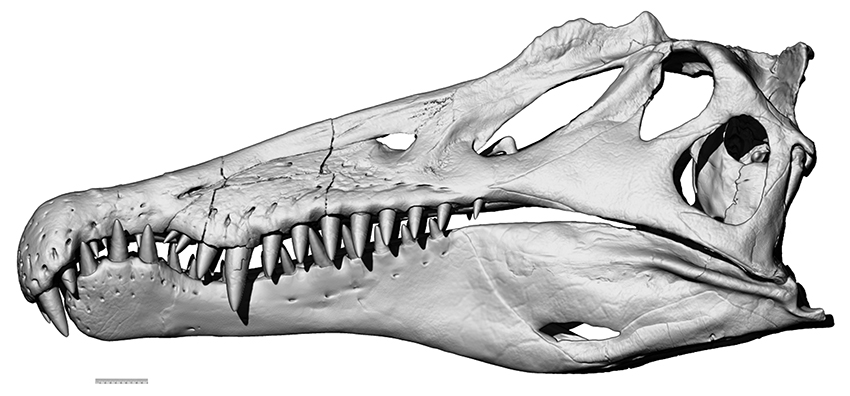

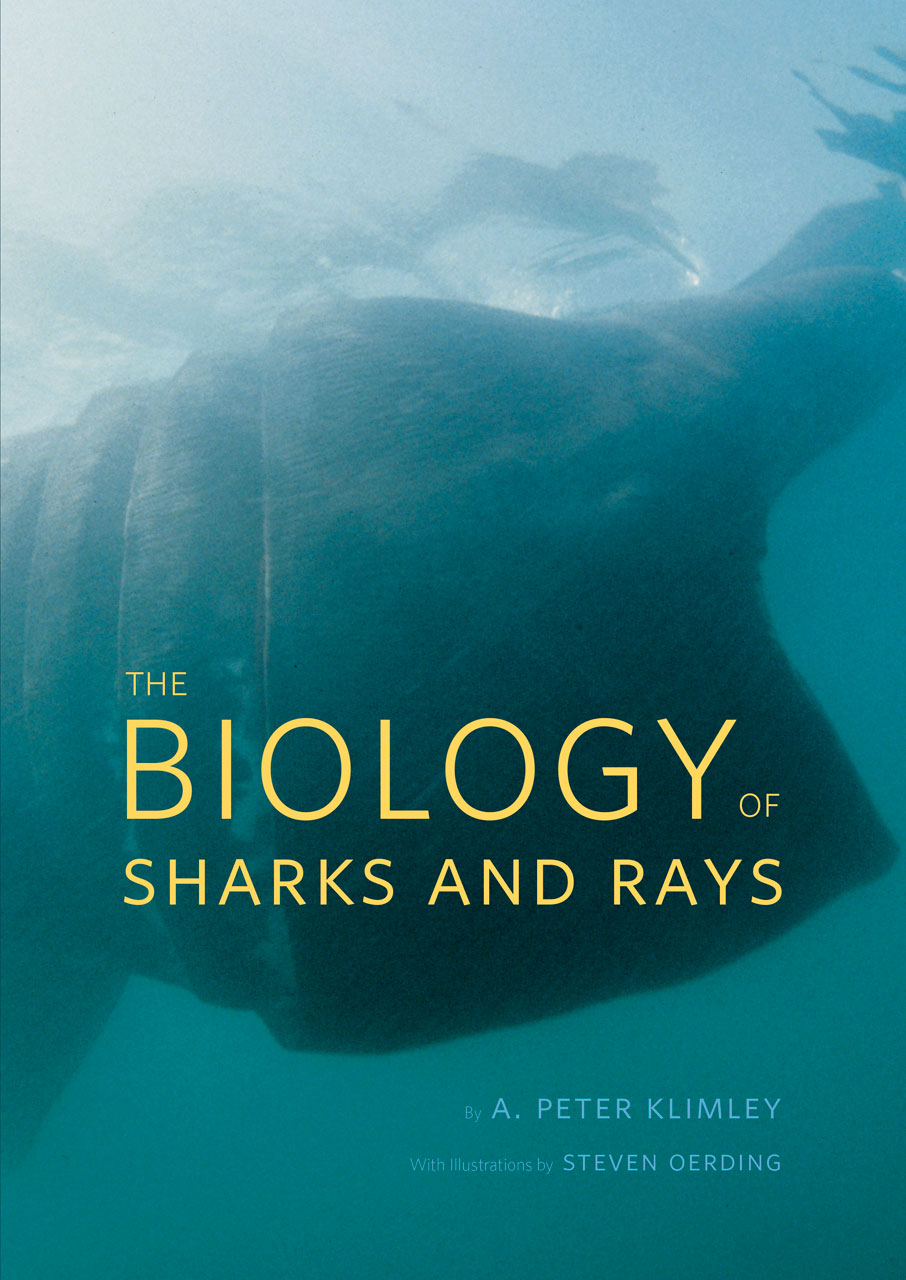

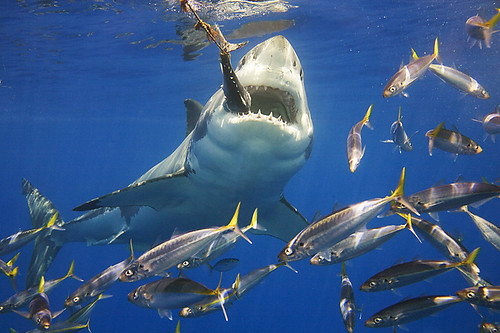
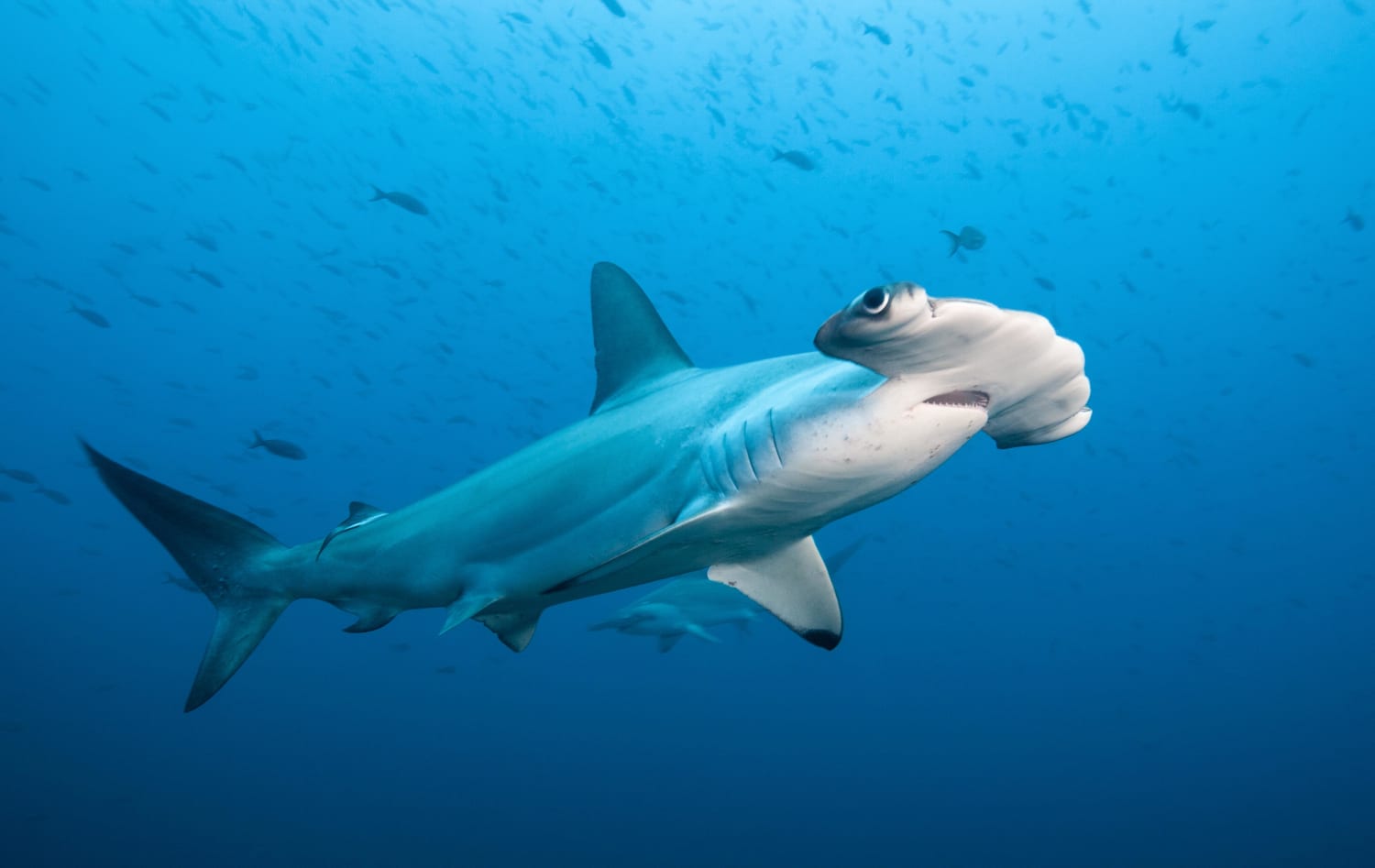

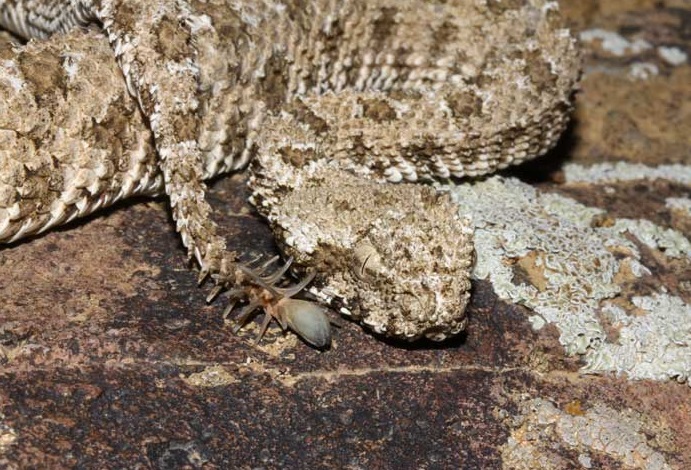

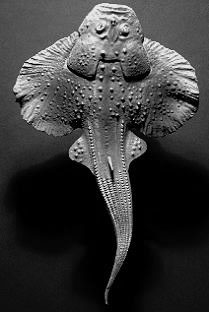
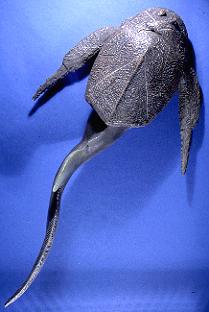





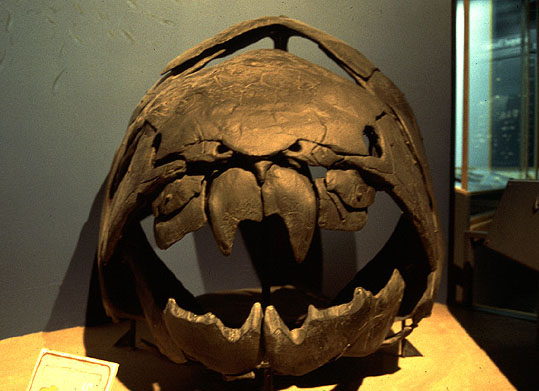





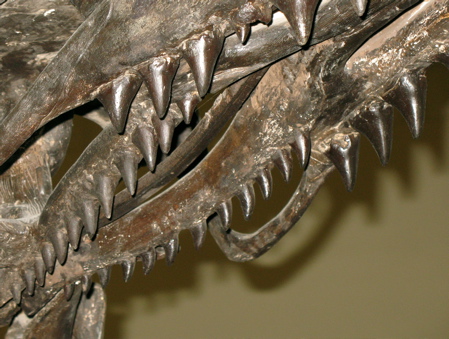


.jpg)


.jpg)



.jpg)
.jpg)
